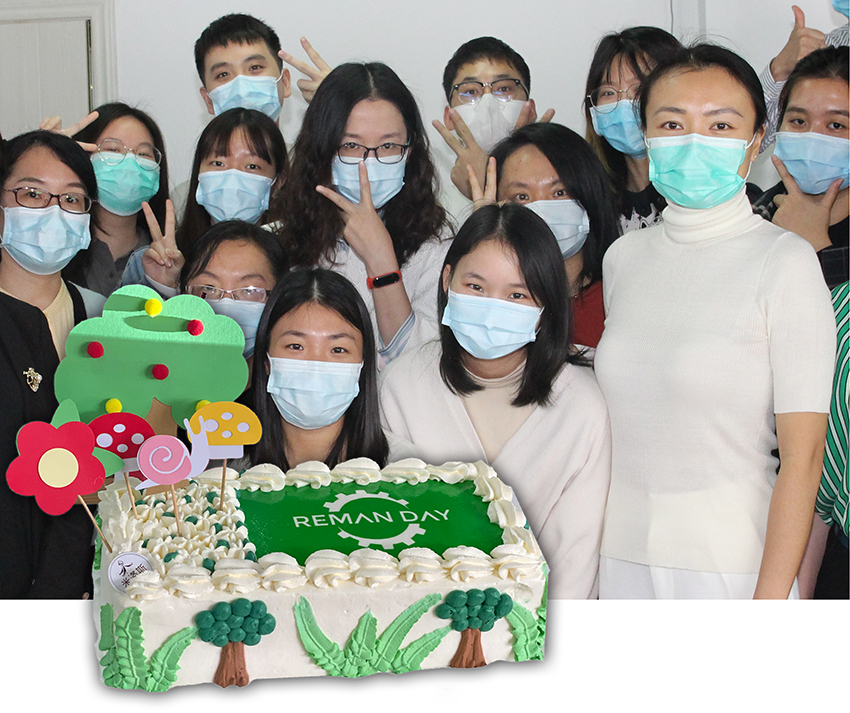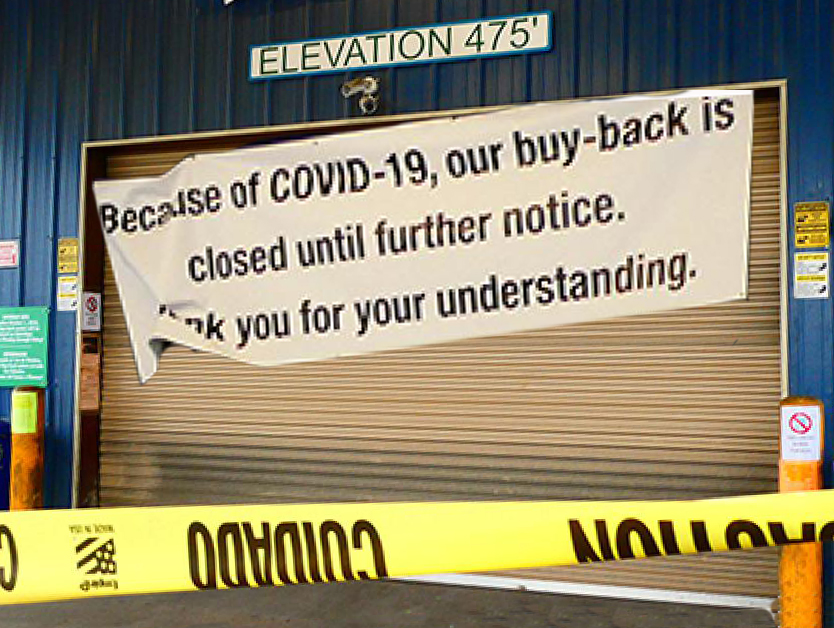Snapshot Study During Crisis Reveals State of Office Print
Snapshot Study During Crisis Reveals State of Office Print
One market insight and research firm is providing a free report on the impact of the coronavirus upon the office print industry.
 “We took a snapshot of responses from the OEMs, the channel and independent vendors in Europe the USA and other regions,” Louella Fernandes (pictured), director of Quocirca told RT ImagingWorld. Quocirca claims it has been playing a significant consulting and advisory role in the rapidly evolving print services and solutions market since 2006. Fernandes brings 25 years’ experience in the sector and is regarded as an expert on digital disruption in the print industry.
“We took a snapshot of responses from the OEMs, the channel and independent vendors in Europe the USA and other regions,” Louella Fernandes (pictured), director of Quocirca told RT ImagingWorld. Quocirca claims it has been playing a significant consulting and advisory role in the rapidly evolving print services and solutions market since 2006. Fernandes brings 25 years’ experience in the sector and is regarded as an expert on digital disruption in the print industry.
“My team and I have been burning the midnight oil to get this initial report out to the industry,” she said. “In these unique times, we are offering the results of our study entirely for free.” The full research findings are available at https://www.print2025.com/reports/quocirca-covid-19-study-phase-1
“In response, we are looking for as many to participate in the ongoing study,” Fernandes explained. The second Quocirca survey is now open at https://www.surveymonkey.co.uk/r/QuocircaCovid19survey2
 Based on the analysis of the initial results, Fernandes says the office print industry and the channel is in an uncertain state of flux. The majority of respondents say the crisis has had a critical or significant impact on their business. “This early benchmark reflects the immediate decisions that businesses have been forced to make around changes in their own working practices,” she said.
Based on the analysis of the initial results, Fernandes says the office print industry and the channel is in an uncertain state of flux. The majority of respondents say the crisis has had a critical or significant impact on their business. “This early benchmark reflects the immediate decisions that businesses have been forced to make around changes in their own working practices,” she said.
Quocirca conducted the online snapshot survey among print industry professionals worldwide between 31 March and 7 April, to build a picture of experiences and sentiment across the sector. Ninety complete responses were received:
- 33% from OEMs, 56% from channel organisations and 11% from ISVs;
- 65% of respondents were from organisations with fewer than 1,000 employees;
- 44% of respondents were from Europe, 27% from the US and 29% from other regions.
Key findings:
- Major market disruption. 66% state that the crisis has already had a significant impact on their business to date, a further 3% say the impact has been critical. Overall, almost half (48%) strongly agree that COVID-19 will cause significant and continuous market disruption.
- Cost-cutting implemented, projects and investments paused. 77% have cut costs, 14% indicate that they have made staff redundancies. 59% have paused or cancelled major projects or investments
- The channel needs help from suppliers. 61% of channel respondents are looking for extended/flexible payment terms from suppliers. 55% need more information on supply chain updates.
- Print volumes decline except in the healthcare and government sectors. 70% are seeing or expect a significant decline in print volumes overall, with a further 22% seeing a marginal decline. However, 47% are seeing increased demand from healthcare customers and 28% are seeing increased demand in government organisations.
- Cautious optimism for recovery. 21% of respondents are cautiously optimistic that their business could return to normal in less than 3 months. 23% say 3-6 months and 35% expect it to take 6 to 12 months. 21% expect it to take longer or do not believe that there will a ‘business as usual’.
- Operating models will have to change. 57% state that they will need to change their operating model going forward. 48% state that they will be bringing new products and/or services to market to help customers prepare for similar events in future.
- An opportunity for innovation. Overall, 79% believe COVID-19 presents an opportunity to drive new product and service innovation.
Print volumes decline
Print volumes have unsurprisingly declined across the majority of verticals, with the exception of frontline response sectors healthcare and government. “Many companies will pivot quickly to digital processes, accelerating paper-digital transformation through necessity,” comments Fernandes. “However, it will be interesting to see how the frontline government and healthcare sectors – currently still heavily print-dependent – will prioritise the shift from paper to digital once the initial crisis is past.”
Looking forward to future growth areas
There was some optimism among respondents. One fifth (21%) could see general opportunities for their business and 79% thought it could be a chance to drive product and service innovations.
Print industry professionals expect to see a sharp rise in demand for collaboration and cloud services as a result of the pandemic. 92% predict an increased demand for collaboration tools such as videoconferencing, while 89% expect cloud-based digital workflows will be in demand. Similar expectations exist around the digitisation of paper-based processes and provisioning of printers for home working.
At present, Managed Print Services look set to be the loser, with 38% predicting demand for it will fall. However, businesses should not overlook the potential of wrapping home-printing provision into MPS contracts, particularly in the light of security concerns: 86% of respondents said their customers were concerned about the security risks of home printing.
Fernandes concludes: “The print industry’s resilience and innovative heritage is reflected in the way respondents are seeing the potential in the midst of uncertainty. One of their top three concerns for the future is understanding changes in customer needs, indicating that they are already thinking about how to pivot to serve clients in a new environment.
“We are also seeing the breadth of technology expertise demonstrated in the direct responses offered by many vendors. From shifting manufacturing facilities to ventilator production to 3D printing of PPE and components, the industry is rising to this defining challenge we face.”
Related:
Comments:
Has this “snapshot study during crisis reveals state of office print” been helpful? Are you likely to participate in the ongoing study? Please add tour comments below or join the discussion on LinkedIn.






Leave a Comment
Want to join the discussion?Feel free to contribute!